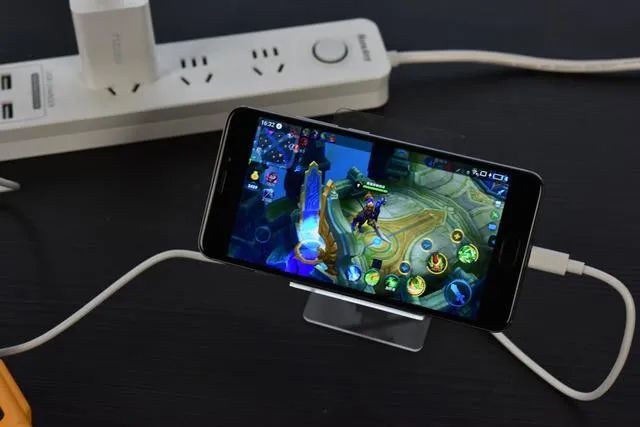Cell phone battery health value wildly dropped? You really didn’t use these four points correctly
Mar-02-2024
admin
With the rapid development of the smartphone industry, cell phones have become a core tool of modern life, playing a key role in work and life. Battery life is one of the key factors to ensure the efficient operation of the phone, however, in the attention of the battery capacity and fast charging power at the same time, people often ignore the battery safety issues. Accidents caused by unregulated use of charging devices are common, so to ensure your safety, you need to start from the source. Next, this article will reveal the four major charging safety issues that are most likely to be overlooked in daily life, and check yourself against them.
First of all, battery aging and bulging problems should not be underestimated. Although the current cell phone battery technology continues to improve, users may think that the risk of battery aging has been gradually reduced, but relaxation of vigilance can lead to problems, such as millet 6 and other old models have been seen in the case of battery expansion caused by the back cover buckle.

Currently, lithium batteries are commonly used in mainstream cell phones, which are favored for their high voltage, high energy density, no memory effect and low self-discharge rate. The normal service life of lithium batteries is usually about 5 years, depending on the quality of the battery and the number of times it is charged, and it can generally withstand at least 500 times of cyclic charging. With the passage of time, the battery of cell phones such as iPhone may appear aging, range decline or even bulging phenomenon.
Secondly, mixing charging devices at will is also one of the potential safety hazards. Various brands of cell phone manufacturers to implement their own charging protocols, such as the early 5W standard charging has been upgraded to today’s fast charging technology, including Qualcomm QC protocol, MediaTek PE protocol, OPPO VOOC flash charging and Huawei FCP protocol. Although many cell phone interfaces are similar in appearance, mixing chargers between different brands not only fails to achieve the officially claimed fast charging effect, but may also greatly reduce charging efficiency, accelerate battery aging, and impose an additional burden on the motherboard, especially for older phones that do not support fast charging, high-power charging may lead to battery overload.

In addition, the use of cell phones in low temperatures may also have an adverse effect on the battery. In low temperatures, the internal chemical reaction of lithium batteries slows down, resulting in slower charging and reduced usable capacity, and some cell phone systems automatically limit the charging speed and power limit in low temperatures. When encountering a cell phone shutdown due to low temperatures, do not repeatedly try to turn on the phone, you should first let the phone back to normal temperature environment and then restart, in order to prevent the condensation of water vapor into the motherboard triggered by the failure.

Playing with the phone while charging is also a safety hazard. Although most users have heard of this, but there are still many people are accustomed to using the phone in the charging process, which will not only amplify the cell phone radiation, and in the case of frequent current activity, if a short-circuit phenomenon, or even an explosion may occur. At the same time, playing with the phone while charging will lead to serious heating of the phone, because the charging process will produce heat loss superimposed on the heat generated by normal use, long-term not only damage to the battery life, but also may bring potential safety hazards.

In short, the safety of cell phone use is crucial, especially during the trip to pay close attention to the battery status of the phone, timely detection and proper handling of abnormal problems. With the enhancement of cell phone hardware performance, the service life of a cell phone is gradually extended, away from the “one year a change” consumption pattern. Only focus on daily maintenance and reasonable use, in order to keep the phone a long and stable working condition.